Top 10 Least-Visited National Parks In the US Makes You Surprised
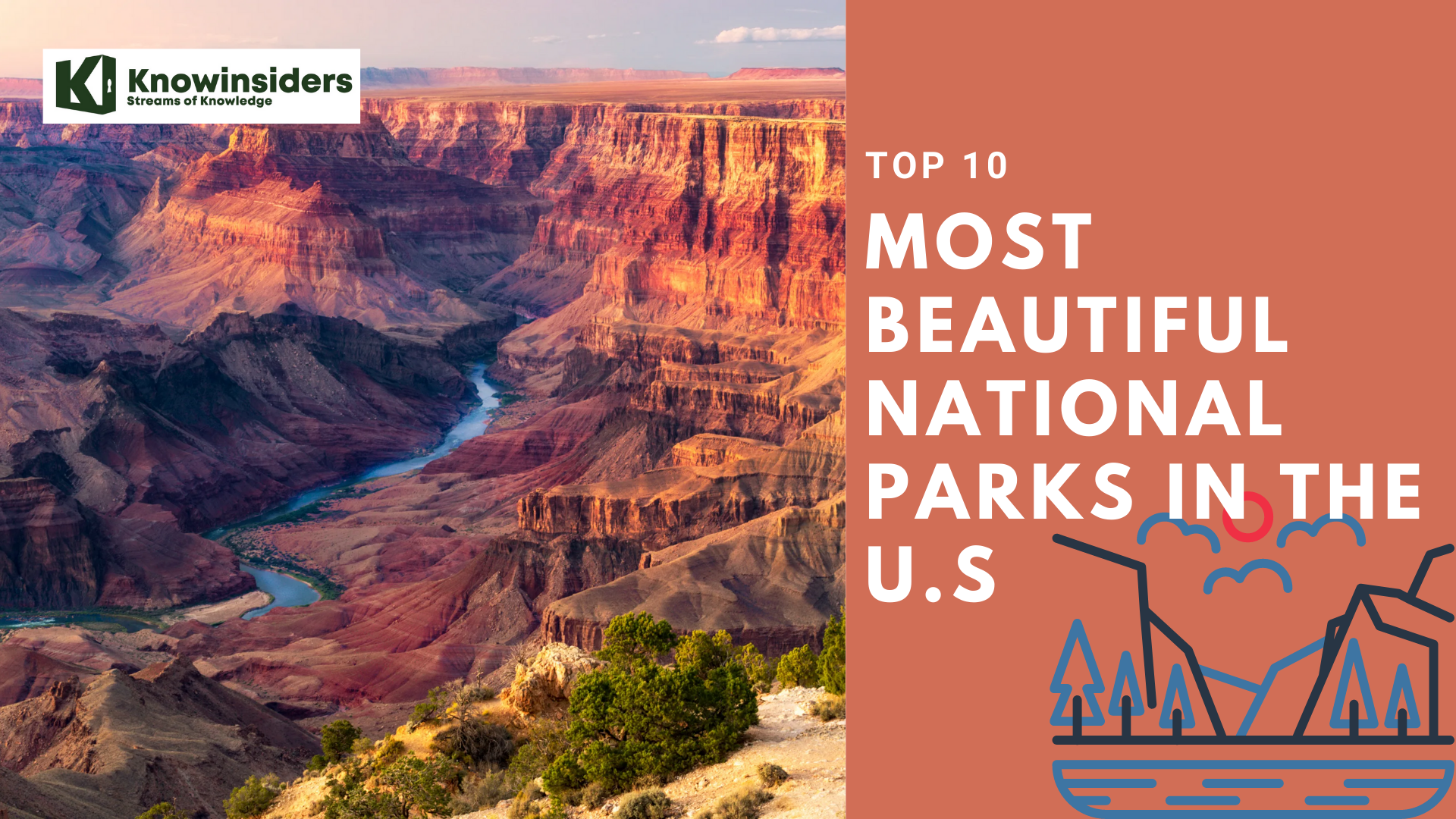 Top 10 Most Beautiful & Popular National Parks in the US Top 10 Most Beautiful & Popular National Parks in the US |
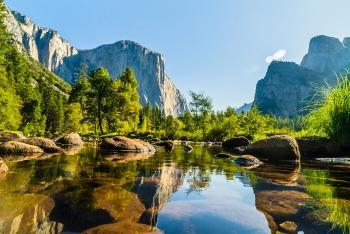 Top 20 Best & Most-Visited U.S National Parks For Upcoming Trips Top 20 Best & Most-Visited U.S National Parks For Upcoming Trips |
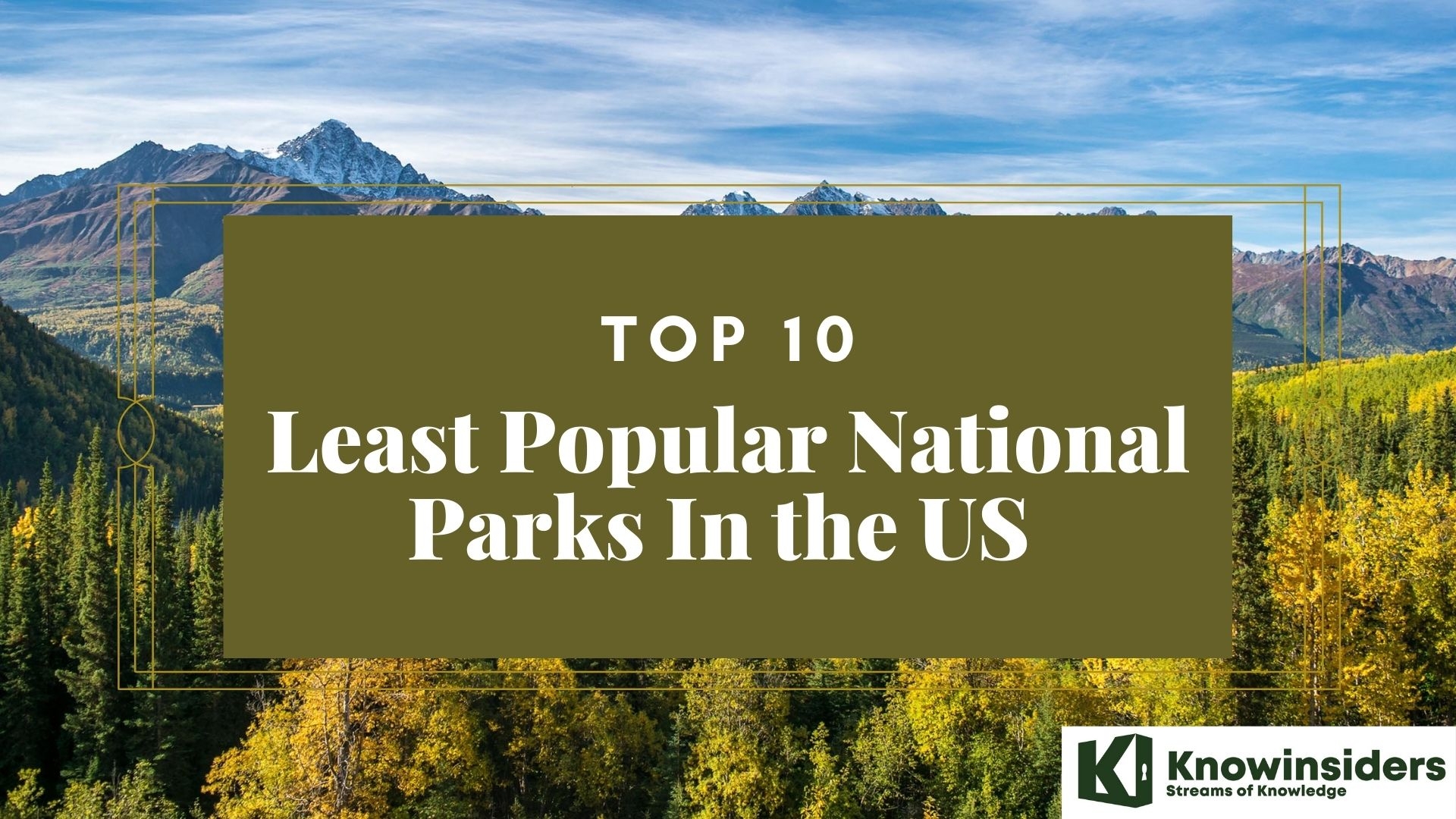 |
| Top 10 Least Popular National Parks In the US That You Should Travel. Photo: KnowInsiders.com |
| Table of Content |
The National Park System of America contains 423 parks, but despite an uptick in visitors since the worst of the pandemic has passed, several of them are still underutilized by outdoor enthusiasts.
President Ulysses S. Grant signed a bill into law in 1872 designating Yellowstone as the first national park. Mackinac National Park was established in 1875 and deactivated in 1895. Rock Creek Park (later combined into National Capital Parks), Sequoia, and Yosemite were established in 1890. The National Park Service was established in 1916 by the Organic Act with the mission "to conserve the scenery, the natural and historic objects, and the wildlife therein, and to provide for the enjoyment of the same in such a manner and by such means as will leave them unimpaired for the enjoyment of future generations."
For various governmental land designations and visitor objectives, the National Park Service compiles visitation data. Only national parks and preserves were taken into account. National Monuments and National Historic Sites, which are sometimes situated within National Parks and are usually restricted to a single structure, were not included in the list of designations. Parks that altered their reporting procedures were also removed since they could not be compared to earlier years.
Here are the 10 least popular national parks you should visit in the United States, ranked by KnowInsiders:
What are the least popular national parks you should visit in the United States?
1. Gates of the Arctic National Park
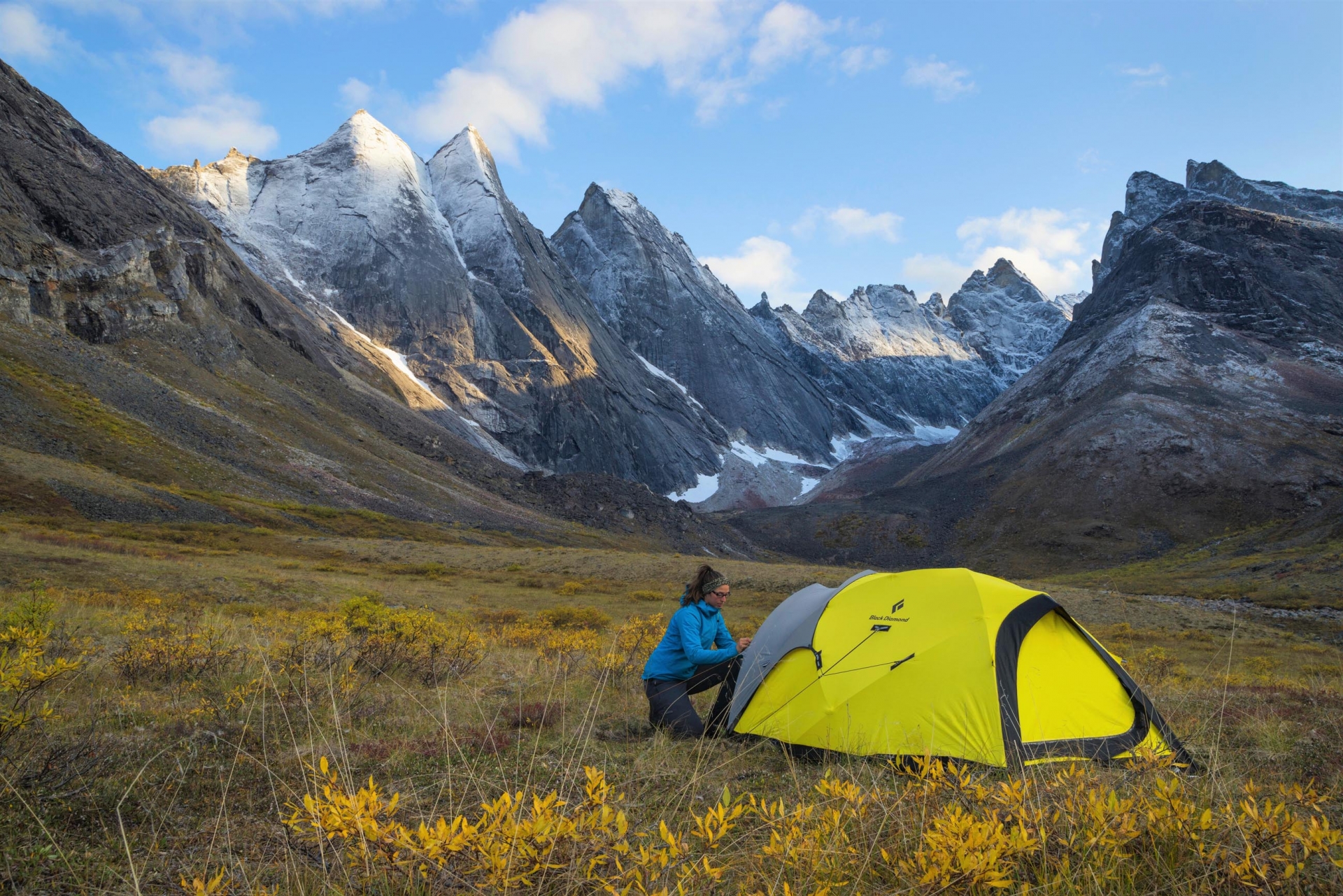 |
| Photo: Travel Alaska |
Location: Alaska
Visitor numbers (2019): 10,518
One of the finest wilderness areas in the world, Gates of the Arctic National Park and Preserve, spans the Arctic Divide in the Brooks Range, the highest mountain range in North America. Gates of the Arctic covers 13,238 square miles and is entirely north of the Arctic Circle, making it the second-largest national park after Wrangell-St. Elias. It extends from the Brooks Range's southern foothills, crosses the range's rough peaks, and descends onto the North Slope.
The park only has one village, Anaktuvuk Pass, and is devoid of all roads save the Dalton Highway (famous for being featured in Ice Road Truckers). Around the perimeter, there are eight more Alaska Native villages, but none of them have more than 400 year-round residents. Simply put, Gates of the Arctic is a vast wilderness the size of Switzerland devoid of any campgrounds, visitor centers, or other National Park Service amenities.
Visitors must fly or hike into the wilderness park of Gates of the Arctic because there are no roads or trails there. Several small airlines that fly into the gateway cities of Bettles, Anaktuvuk Pass, and Coldfoot are where access to the park begins from. The park's isolation draws mostly seasoned backcountry travelers who go on float trips, backpacking expeditions, or set up base camps to go fishing and day hiking. A small number of outfitters offer guided trips for rafting, hiking, and cross-country skiing in the summer, and many tourists take advantage of these opportunities. A trip to the Gates of the Arctic requires careful planning and reservations in advance, whether the traveler is an independent or part of a guided expedition.
For lengthy treks, most hikers and backpackers stick to the long, open valleys or ascend to higher elevations, where open tundra and sparse vegetation offer suitable hiking ground and panoramic views. Wherever you choose to hike, Arctic trekking is a challenge that rewards you with solitude, adventure, and breathtaking views.
2. Kobuk Valley National Park
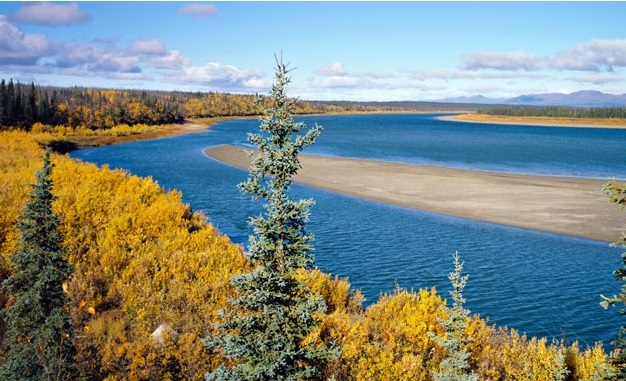 |
| Photo: National Park |
Location: Alaska
Visitor numbers (2019): 15,766
The middle section of the Kobuk River is surrounded by the Baird and Waring Mountain ranges, and the 1.7 million-acre Kobuk Valley National Park is located there. This semi-enclosed bowl, which is situated 75 miles east of Kotzebue, guards a number of distinctive geological features and is on the Western Arctic caribou herd's migration route.
The leisurely Kobuk River provides exceptional opportunities for wilderness float trips through beautiful boreal forests teeming with wildlife. Packing their boats from high mountain airstrips to the river's headwaters will allow boaters access to Salmon River. For the river's calm waters, packrafts, collapsible canoes, and kayaks are suggested. Backpacking, fishing, dog sledding, hiking, and viewing wildlife are additional activities.
The park doesn't have any designated hiking trails or campgrounds. Mountains offer the best backcountry hiking because they have wide-open views and more stable terrain than lowland tundra. The Great Kobuk Sand Dunes and Onion Portage, where the Western Arctic caribou herd crosses the Kobuk River twice yearly on their annual migration, are popular places to camp and explore on foot.
Another fantastic way to experience the park's distinctive sights and wildlife is by flightseeing. Kotzebue and Bettles air charter companies offer flightseeing excursions over the park, with the option to land there for more in-depth exploration.
3. Lake Clark National Park and Preserve
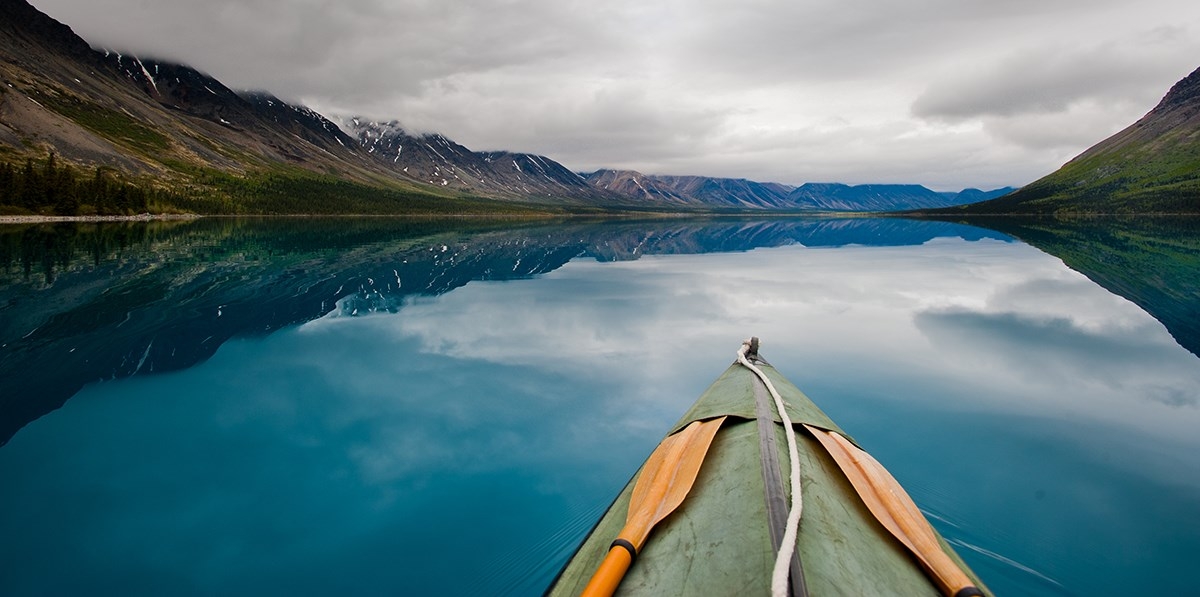 |
| Photo: National Park Service |
Location: Alaska
Visitor numbers (2019): 17,157
The Lake Clark National Park and Preserve, which is only 100 miles southwest of Anchorage, contains some of Alaska's most beautiful natural features, including the largest lake in the state and an amazing array of mountains, glaciers, granite spires, thundering waterfalls, and wave-washed coastline.
A mixture of anglers, river runners, wildlife enthusiasts, and seasoned backpackers frequently visit the park. Three rivers in the park, the Chilikadrotna, Tlikakila, and Mulchatna Rivers, have been designated as National Wild and Scenic Rivers. These rivers have long been popular with rafters and people who paddle inflatable canoes and kayaks. A third of the annual harvest comes from the Lake Clark watershed, one of the most significant producers of Bristol Bay red salmon in the world, making the park a well-liked destination for sportfishing. Fishing for salmon, arctic char, arctic grayling, dolly varden, northern pike, lake trout, and rainbow trout is excellent in the rivers and lakes.
In this vast wilderness, there are a variety of activities that call for careful planning and time commitment, including backcountry hiking, camping, birding, kayaking, and rafting. Many visitors who are interested in fishing, flightseeing, or bear viewing can visit the park for just one day on a float plane thanks to its proximity to Alaska's largest city.
4. Big Bend National Park
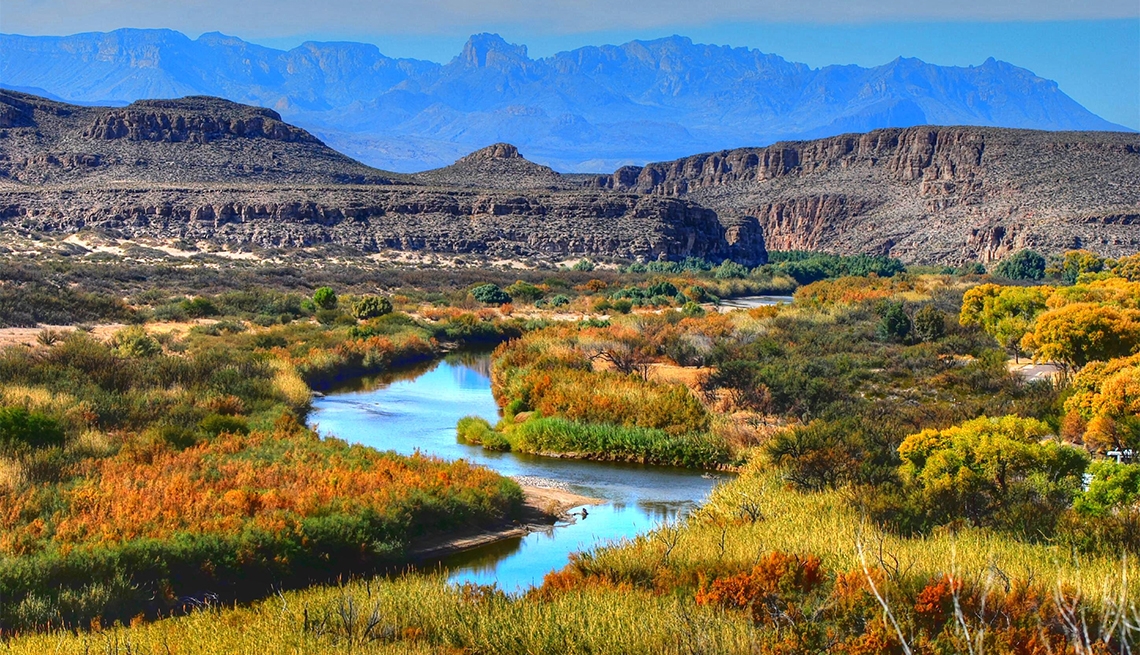 |
| Photo; AARPP |
> Recreation visits in 2021: 581,220
> Share of all National Park recreation visits in 2021: 0.20% — #32 largest out of 52
> Recreation visits in 2017: 440,276 — #35 most
> Share of all National Park recreation visits in 2017: 0.13% — #35 most
> 5-year change in visits 32.0% — #8 largest increase
Below, deep river gorges sparkle. Chisos Mountains, which are remote, are carved by canyons. While peacefully traversing West Texas, the Rio Grande carries the knowledge of millennia in her waters.
1,200 species of plants and 450 species of birds, in addition to geological formations that date back millions of years, will draw visitors. Scenic drives, programs led by Big Bend park rangers, and stargazing are additional park activities.
The Texas-Mexico border is where Big Bend National Park is situated in Texas' southwest. In June 1935, Big Bend became a national park, protecting the largest swaths of Chihuahuan Desert topography and ecology in the country.
The park is bigger than the state of Rhode Island, with 1,252 square miles of land. Big Bend National Park contains a wide range of geographical contrasts. The Rio Grande's vegetation belts, the Chihuahuan Desert's sparseness, the Chisos Mountains' peaks, and the limestone outcrops in Persimmon Gap and Boquillas Canyon are a few examples.
The weather in Big Bend National Park can vary greatly because of its many different geographic regions. The majority of the region experiences mild winters, but Emory Peak, which is 7,832 feet above sea level, and other higher elevations can experience snow and temperatures below freezing. Summers are known for their hot, dry weather with little humidity. On occasion, afternoon thunderstorms are possible during this time, though. The best seasons to visit Big Bend are spring and fall because of the mild days and chilly nights.
The entire year, Big Bend Park is accessible at all times. Admission is valid for seven days and costs $20 per vehicle or $10 per person riding a motorcycle or bike. Additionally offered are annual passes. For educational groups, there are no admission costs. If you're looking for Big Bend National Park information or a map, the Chisos Basin Visitor Center is a great place to start.
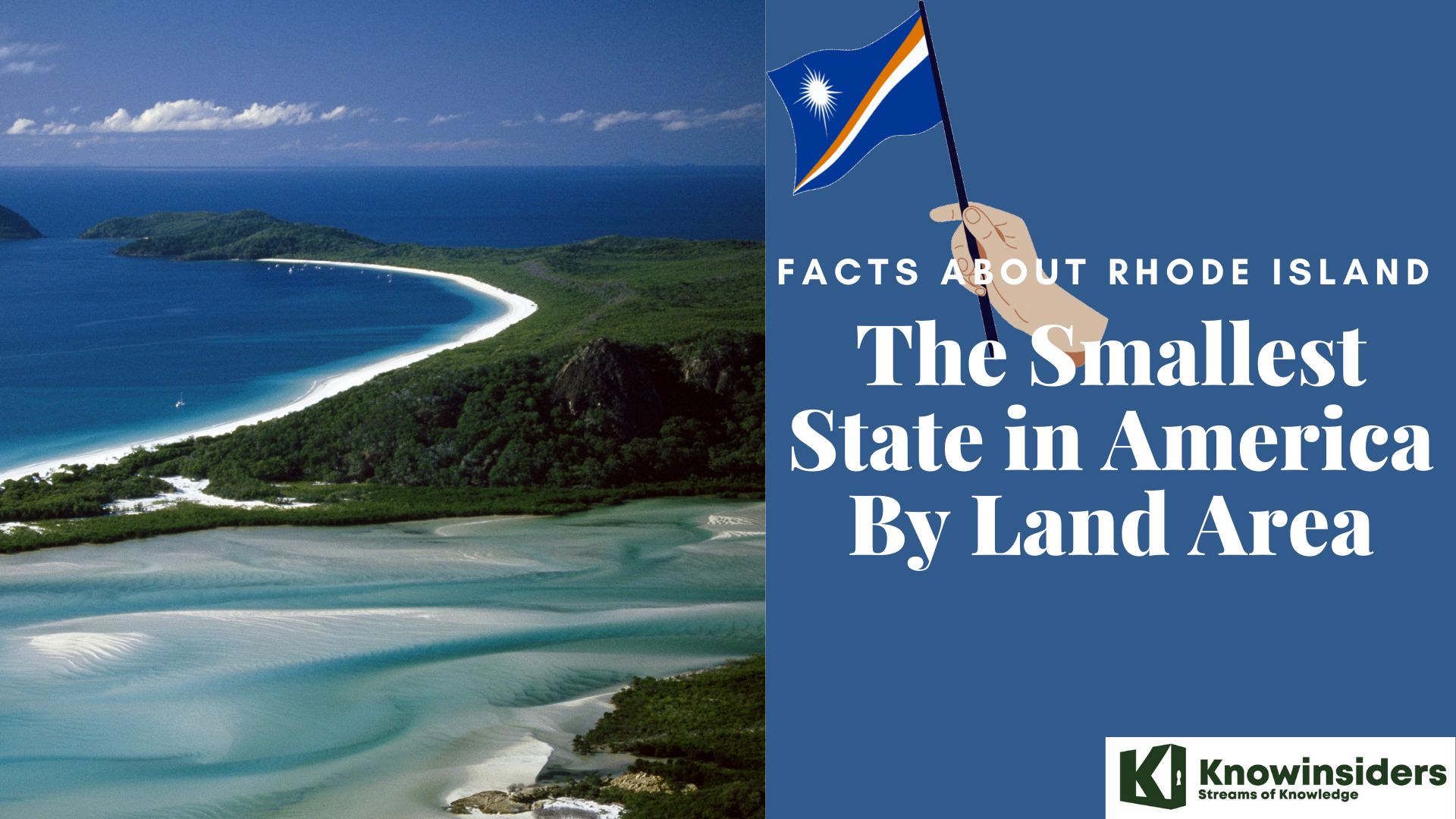 10 Facts About Rhode Island - The Smallest State in America 10 Facts About Rhode Island - The Smallest State in America |
5. Isle Royale National Park
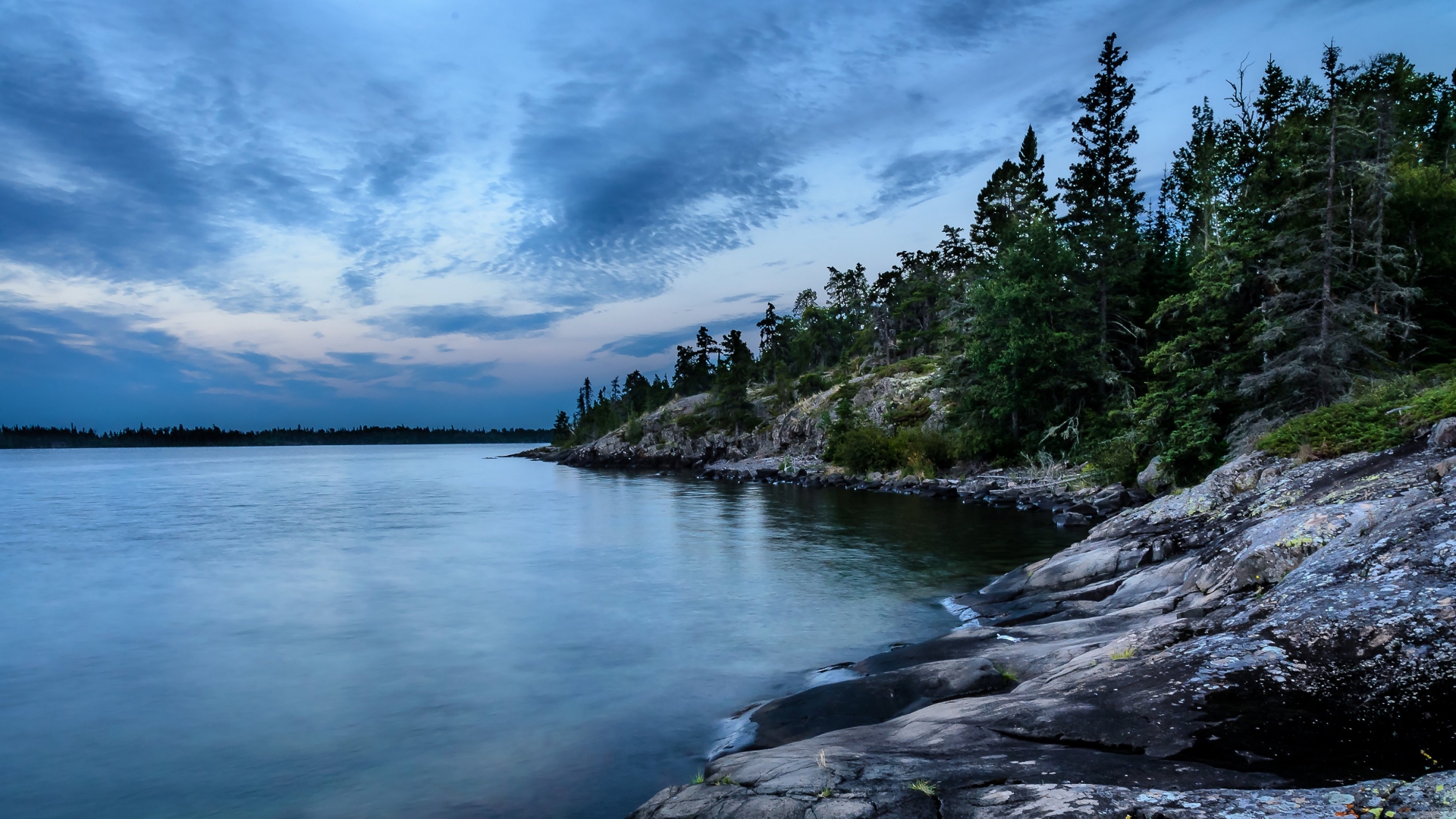 |
| Photo: National Park Foundation |
Location: Michigan
Visitor numbers (2019): 26,410
Isle Royale National Park, which is encircled by Lake Superior, covers an area of 850 square miles and is home to a variety of wildlife, open spaces, and aquatic life.
Isle Royale National Park is distinguished by a cool climate, clear waters, and the untamed North Woods forest. Including submerged lands that extend more than four miles into Lake Superior, the park's total land area is 850 square miles, and 99% of it is federally designated wilderness. The archipelago's numerous parallel ridges are the result of glaciation and tilting of ancient lava flows.
36 campgrounds and 165 miles of beautiful hiking trails are available on Isle Royale for campers, paddlers, and recreational boaters. There are many places to see wildlife, historic lighthouses, shipwrecks, and copper mines. The fishing is also excellent. Only boats or floatplanes are able to reach Isle Royale.
Late June through September are among the best times to visit because the park is closed from November through mid-April. You should pack layers because nighttime lows in the summer can reach 40°F. In order to avoid annoying mosquitoes, blackflies, and gnats—which are most prevalent in June and July—pack appropriately. Expect the blueberries and thimbleberries in the park to ripen in late July and early August due to the warmer temperatures.
Be ready for whatever you might need during your visit when you arrive by boat. Each of the 36 campsites provides a place for tents, access to water, and restrooms. For groups of seven or more, reservations for the campground in advance are necessary in addition to permits for overnight camping on the island. We advise booking ferry reservations well in advance from either Copper Harbor, Houghton, or Grand Portage as Isle of Royale is only reachable via commercial or National Park Service boats. Depending on the starting point, the duration of the ferry can range from 1.5 to 3.5 hours.
6. Kings Canyon National Park
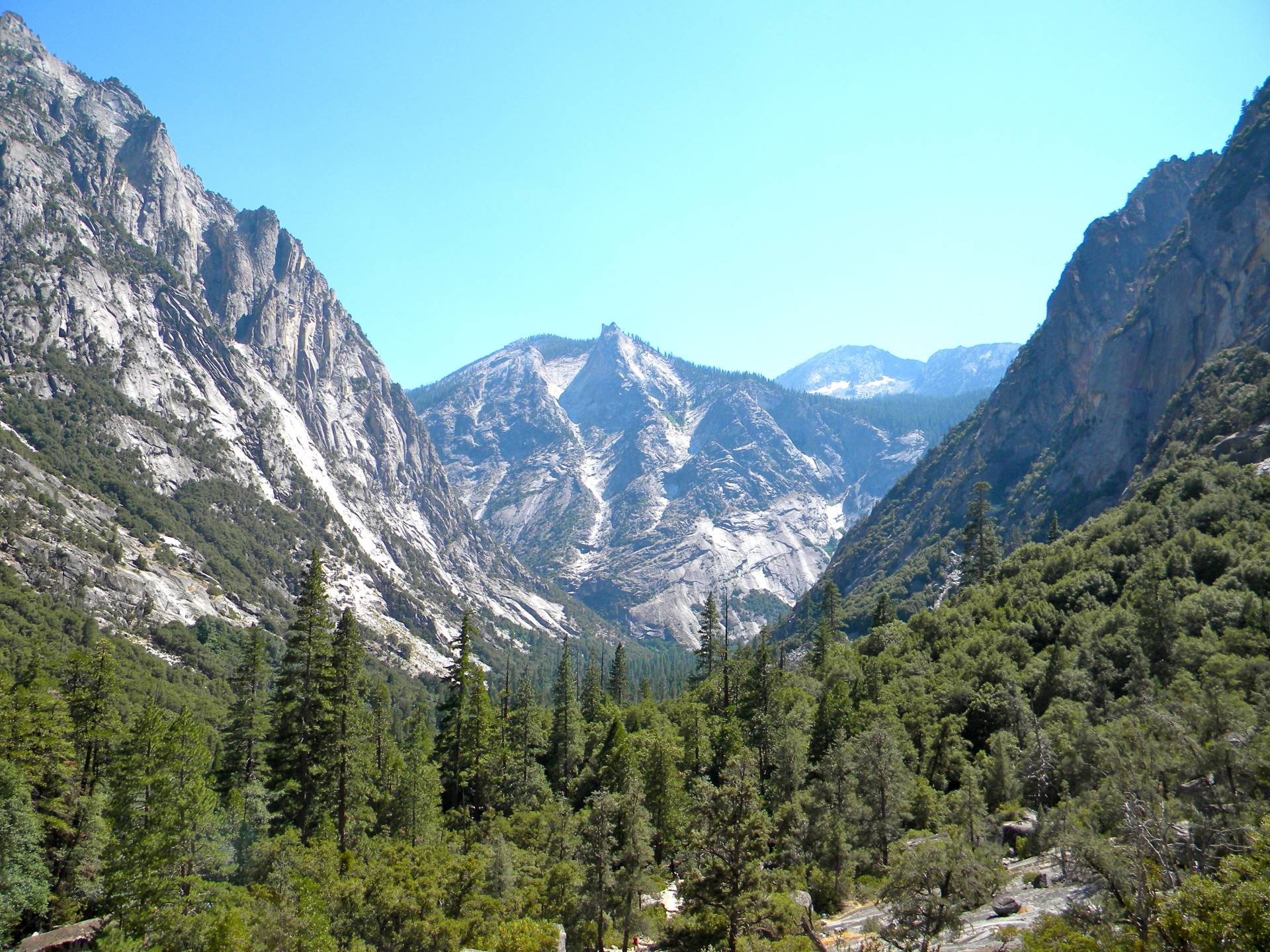 |
| Photo: Wikipedia |
> Recreation visits in 2021: 562,918
> Share of all National Park recreation visits in 2021: 0.19% — #33 largest out of 52
> Recreation visits in 2017: 692,932 — #27 most
> Share of all National Park recreation visits in 2017: 0.21% — #27 most
> 5-year change in visits -18.8% — #12 largest decline
American national park Kings Canyon National Park is located in the southern Sierra Nevada in the California counties of Fresno and Tulare. General Grant National Park, which had been founded in 1890, was greatly expanded and renamed Kings Canyon National Park on March 4, 1940. Kings Canyon, the park's namesake, is a rough valley more than a mile (1,600 m) deep that has been sculpted by glaciers. Numerous 14,000-foot (4,300 m) peaks, lofty mountain meadows, swift-moving rivers, and some of the largest stands of giant sequoia trees in the world are among the area's other natural attractions. The Sequoia and Kings Canyon National Parks are jointly managed by the National Park Service and are adjacent to and north of Sequoia National Park.
The Middle and South Forks of the Kings River and numerous smaller streams drain the 461,901-acre (186,925 ha) park, the majority of which is designated wilderness. Two locations are primarily used by tourists: Grant Grove, where General Grant (the second-largest tree in the world based on trunk volume) is located, and Cedar Grove, which is situated in the middle of Kings Canyon. The majority of the park's backcountry, or high country, which is largely covered in deep snow for most of the year, can only be reached by overnight hiking. The Pacific Crest Trail and John Muir Trail combine to form a backpacking trail that runs the length of the park from north to south.
General Grant National Park was initially established to prevent logging near a small concentration of giant sequoias. Even though John Muir's visits made the vast wilderness area to the east more well-known, it took more than 50 years for the remainder of Kings Canyon to be made a national park. The area was sought to be preserved by environmental organizations, park visitors, and numerous local politicians; however, development interests desired to erect hydroelectric dams in the canyon. The battle over the cedar grove and tehipite valley dam sites didn't end until 1965, despite President Franklin D. Roosevelt's decision to enlarge the park in 1940.
7. North Cascades National Park
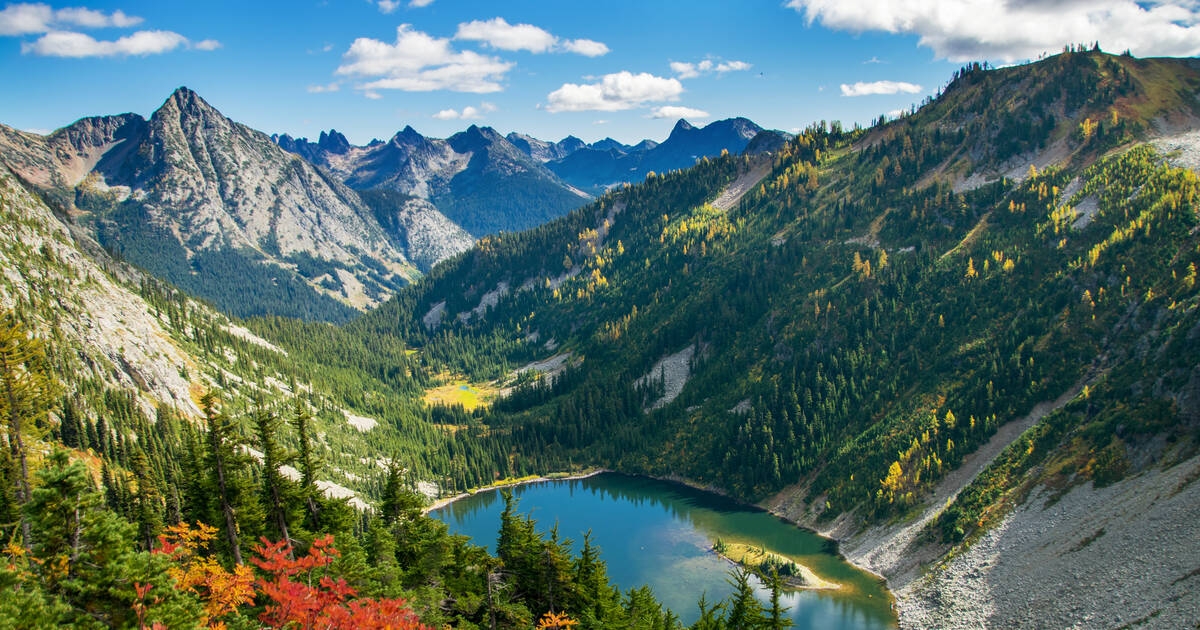 |
| Photo: Thrillist |
Location: Washington
Visitor numbers (2019): 38,208
The rugged beauty of North Cascades National Park, which is only three hours from Seattle, is highlighted by its 300+ glaciers, more than any other U.S. park outside of Alaska, deep forested valleys, cascading waterfalls, and jagged peaks. In this alpine landscape, thousands of voices from the past come to life, including those of Native Americans, early European and American fur traders and explorers, homesteaders, and miners who all called this place their home.
The Ross Lake and Lake Chelan National Recreation Areas are close by, and together they form the North Cascades National Park Complex's largest park. Today's visitors have access to a variety of outdoor pursuits, picturesque vistas, and educational opportunities, including miles of prepared hiking and biking trails as well as scenic drives and picnics.
Between mid-June and late-September, when the weather is ideal for a day hike, visit the North Cascades. The Skagit, Okanogan, and Stehekin Valleys are best seen in the autumn and spring if you plan to drive around the park.
In the North Cascades, storms frequently occur. Pack some warm, water-resistant clothing and, if you're going camping, a tent. Avalanches occur in the winter and spring at high elevations, where heavy snowfall and rain are to be anticipated. For this trip, be sure to layer up and keep in mind that snow is more likely to be present the higher you travel.
Expect drier, warmer weather if you intend to travel to the east side of the Cascade Mountains. Summertime highs at Stehekin can reach 90 °F.
North Cascades National Park includes a variety of landscapes with over 9,000 feet of vertical relief, from the temperate rainforest of the wet west to the dry ponderosa pine ecosystem of the east. There are many different types of plants and animals in the park. Within the boundaries of the park, more than 1,600 species have been figured out thus far. This exquisite habitat is home to bobcats, mountain goats, mule deer, black bears, and black bear cubs.
 Why Isn’t Washington DC a State? Why Isn’t Washington DC a State? |
8. Mesa Verde National Park
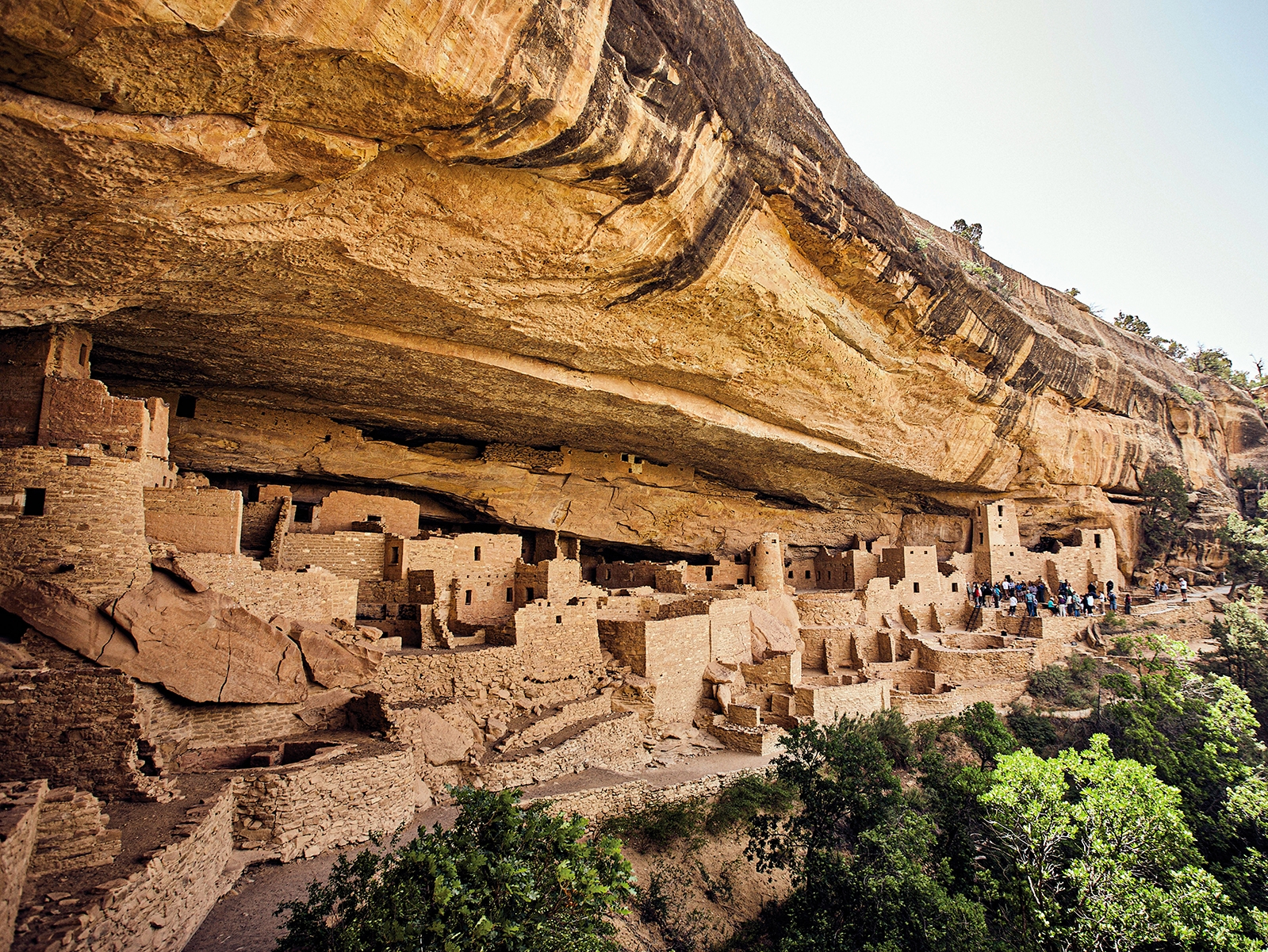 |
| Photo: 5280 Magazine |
> Recreation visits in 2021: 548,477
> Share of all National Park recreation visits in 2021: 0.18% — #34 largest out of 52
> Recreation visits in 2017: 613,788 — #30 most
> Share of all National Park recreation visits in 2017: 0.19% — #30 most
> 5-year change in visits -10.6% — #18 largest decline
Mesa Verde National Park received the distinction of being a UNESCO World Heritage Site in 1978 for its exceptional archaeological significance. Mesa Verde National Park is perched high in Southwest Colorado where the air is thin, the history is rich, and the views are breathtaking, protecting thousands of archaeological sites, including hundreds of cliff dwellings.
Mesa Verde was inhabited seasonally by the Foothills Mountain Complex, a nomadic Paleo-Indian group, beginning around 7500 BC. The variety of projectile points discovered there suggests that the Great Basin, the San Juan Basin, and the Rio Grande Valley, as well as other nearby regions, had an influence. In the future, Archaic inhabitants built semi-permanent rock shelters on and near the mesa. The local Archaic population gave rise to the Basketmaker culture by 1000 BC, and by 750 AD the Basketmaker culture had given rise to the Ancestral Puebloans.
The Mesa Verdeans farmed crops like corn, beans, and squash for their subsistence as well as engaged in hunting, gathering, and subsistence farming. The first pueblos on the mesa were built around 650, and by the end of the 12th century, work on the park's most famous feature—its enormous cliff dwellings—had started. They moved south to areas in Arizona and New Mexico, such as the Rio Chama, the Albuquerque Basin, the Pajarito Plateau, and the foot of the Sangre de Cristo Mountains, by 1285, following a period of social and environmental instability brought on by a series of severe and prolonged droughts.
9. National Park of American Samoa
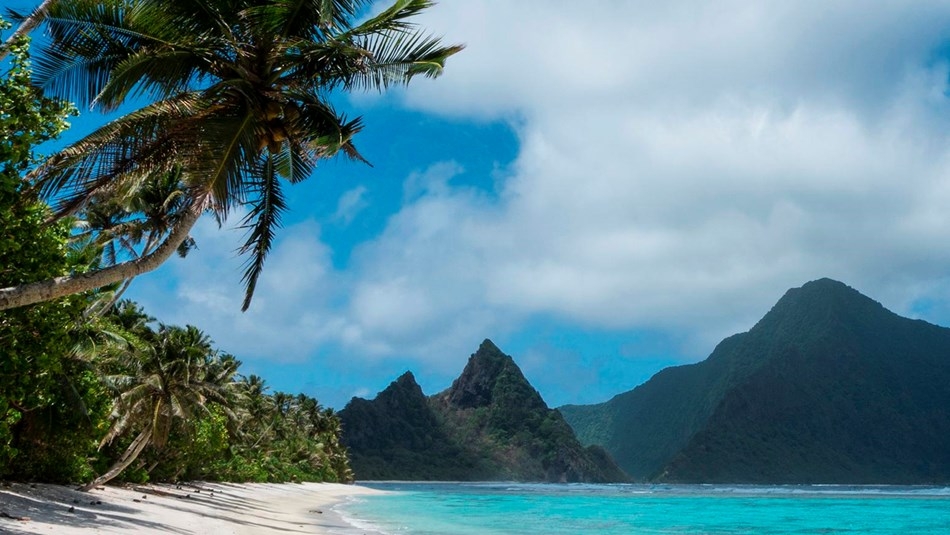 |
| Photo: National Park Service |
Location: American Samoa
Visitor numbers (2019): 60,006
The beach, volcano, rain forest, and coral reef combine to create a truly magical experience in the National Park of American Samoa.
Rugged cliffs, sparkling beaches, biologically diverse coral reefs, and tropical rainforests home to a variety of rare birds and fish can all be found in American Samoa.
The Samoan people are thought to have the oldest culture in all of Polynesia. Around 3,000 years ago, people first arrived on the Samoan islands by sea from southeast Asia. Over the years, distinctive cultural characteristics that have come to be known as the "Samoan way" or fa'asamoa emerged.
Five volcanic islands that are home to people and covered in tropical rainforest make up American Samoa. Tutuila, Ofu, and Tau are the three distinct islands where the park is situated. It is made up of 9,100 acres of land and ocean, and seven villages have leased their land to form a special partnership for preservation and protection.
American Samoa's National Park, whose name translates to "sacred earth," is the only US national park to be found in the Southern Hemisphere.
Rainfall and humidity are year-round conditions in American Samoa National Park, with the heaviest rain falling from November through May. Consistently hot and muggy days in the 80°F range are to be expected, with frequent, light rain showers cooling the islands throughout the day. Also keep in mind that because American Samoa is south of the equator, its summer seasons are opposite those of the US mainland.
Do you wish to view the water's surface below? To explore the protected coral reef and see tropical wildlife, try snorkeling or scuba diving. If you'd rather stay on land, there are a variety of hiking trails available for everyone, from the beginner looking for a leisurely afternoon stroll to the adventurer seeking a difficult challenge.
Check out the Homestay Program if you want to experience Samoan culture to the fullest. You can experience South Pacific culture firsthand by staying in locals' homes and eating in their kitchens in the villages surrounding the national park.
10. Wrangell-St. Elias National Park & Preserve
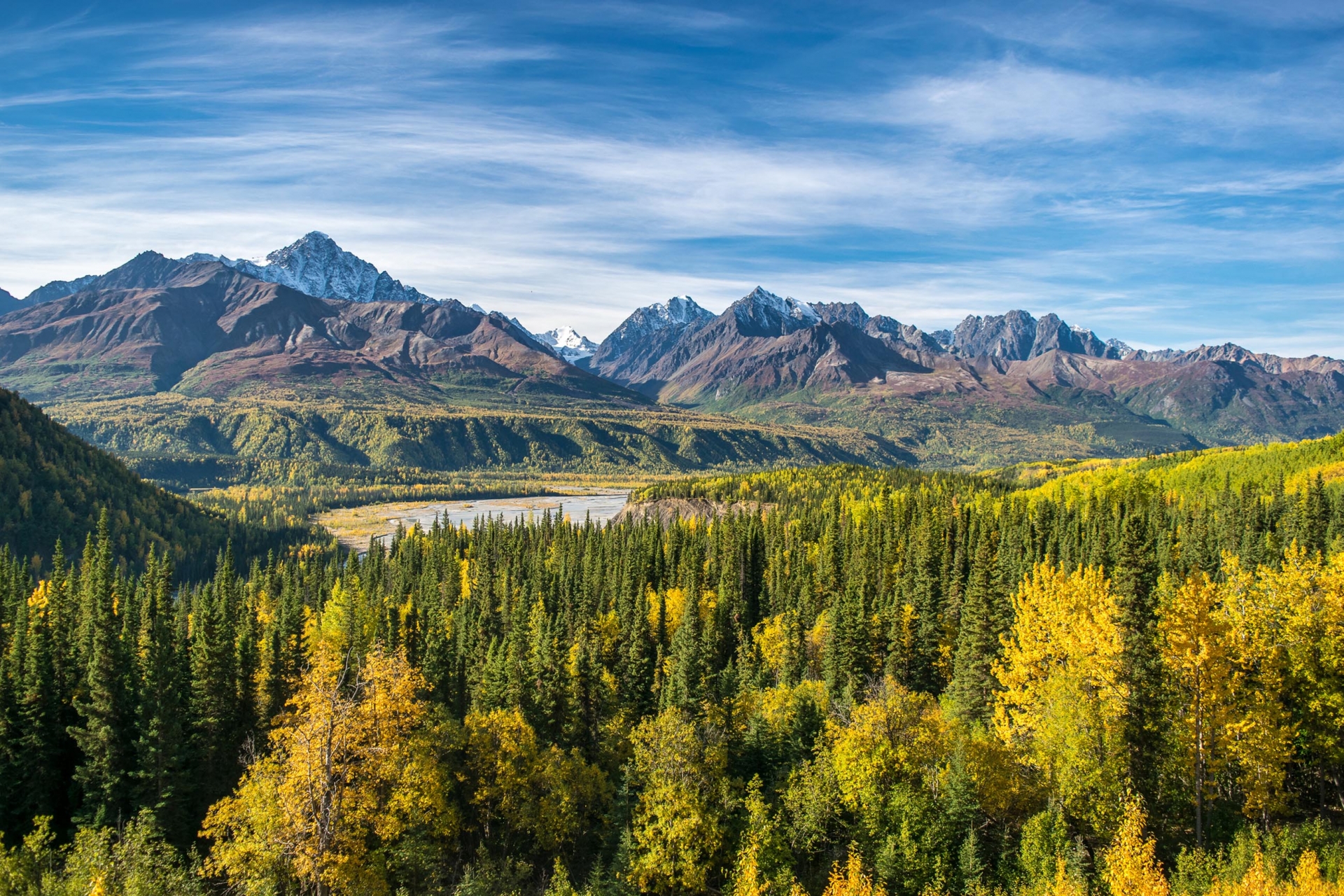 |
| Photo: Travel Alaska |
Location: Alaska
Visitor numbers (2019): 74,518
The largest section of the U.S. National Park System, Wrangell-St. Elias National Park and Preserve, is also one of the most spectacular due to its towering peaks and enormous glaciers. Wrangell-St. Elias extends from Mount St. Elias, one of the highest peaks in North America at 18,008 feet, all the way to the ocean on the Gulf of Alaska.
Large portions of Wrangell-St. Elias National Park and Preserve are only accessible by hearty adventurers who fly into the park for backcountry hiking, mountaineering, and rafting due to the park's immense size and mountainous terrain. Compared to other large parks like Denali National Park and Preserve, this national park offers fewer visitor services, but those who are prepared to put in the extra time and effort to reach it will find countless opportunities for hiking, camping, rafting, glacier trekking, wildlife viewing, and traveling back in time to experience Alaska's mining history.
Three main access points are available to visitors who want to travel through the park by road: the McCarthy Road/Kennecott Mine in the park's center, the Nabesna Road on the park's north side, and the Copper Center Visitor Center on the west side. Every location provides a distinctive range of experiences and adventures.
The Wrangell-St. Elias National Park and Preserve is home to a variety of animals, including moose in the lowlands and bogs, Dall sheep in the alpine region, mountain goats in the Wrangell Mountains to the north, and caribou in the surrounding area. Remains of the bison herds that were released in the Copper River Valley in 1950 and along the Chitina River in 1962 are still present. Bears of both the black and brown varieties roam the park.
As the Chugach, Wrangell, and St. Elias Mountain Ranges converge in an area the size of six Yellowstone National Parks, Wrangell-St. Elias National Park and Preserve is frequently referred to as "the mountain kingdom of North America." In the center of the park, the St. Elias Range combines with the Wrangells, and after arcing east past the Canadian border, it creates the highest coastal range in the world.
Nine of the country's sixteen highest peaks, including the second-highest Mount St. Elias at 18,008 feet, Mount Bona at 16,421 feet, Mount Blackburn at 16,390 feet, and Mount Sanford at 16,237 feet, are located within the park's boundaries. The park's terrain descends to the north as treeless tundra and then boreal-forested uplands from its glaciated roof of mountains and peaks. The glaciers in the mountains to the south almost reach the Gulf of Alaska's tidewaters.
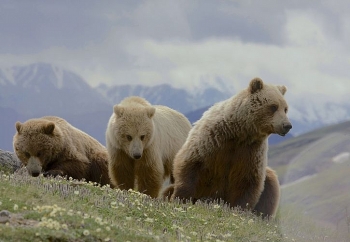 Top 5 Most Attractive Places in Alaska Top 5 Most Attractive Places in Alaska |
Top 10 America’s Most Visited National Parks1. Zion National ParkZion National Park resembles a lavish movie set; the kind of production where the art director was given complete creative freedom and didn't give a damn about whether or not it was realistic. For all ages and skill levels, the Utah.com team has put together a guide full of Zion tips, from easy meanders along Pa-rus Trail to breathtaking views from Angels Landing (which, by the way, now requires a hiking permit). And because we're cool like that, a "hidden gem" where you can avoid the crowds is also included. 2. Yellowstone National ParkAmerican national park Yellowstone National Park is situated in the western part of the country, primarily in Wyoming's northwest corner and extending into Montana and Idaho. With the Yellowstone National Park Protection Act, the 42nd U.S. Congress created it, and President Ulysses S. Grant signed it into law on March 1st, 1872. In addition to being the first national park in the United States, many people believe Yellowstone to be the first national park ever created. The Old Faithful geyser, one of the park's most well-known geothermal features, is among its many wildlife attractions. The subalpine forest is the most prevalent, despite the fact that it represents a variety of biomes. The South Central Rockies forests ecoregion includes it. 3. Grand Canyon National ParkThe Grand Canyon National Park is made up of surrounding land as well as canyons and river tributaries. Arizona's northwest corner contains the Grand Canyon. This park is among the most popular tourist destinations in the world, with millions of visitors coming to the canyon each year. Additionally, since 1979, the park has been a UNESCO World Heritage Site. 4. Rocky Mountain National ParkOne of the most popular national parks in the nation is Rocky Mountain National Park. It is understandable why more than three million people visit the park annually given the stunning peaks in every direction, the abundance of wildlife that roams the valleys, and the world's best outdoor adventures. 5. Grand Teton National ParkNorthwestern Wyoming is home to Grand Teton National Park, an American national park. The Teton Range, which stretches 40 miles (64 km) in length, and most of the northern Jackson Hole Valley are both included in the park, which is roughly 310,000 acres (1,300 km2). Yellowstone National Park is only 10 miles (16 km) south of Grand Teton National Park, and the National Park Service-run John D. Rockefeller Jr. Memorial Parkway connects the two parks. These three protected areas make up the nearly 18 million acre (73,000 square kilometer) Greater Yellowstone Ecosystem, one of the largest intact mid-latitude temperate ecosystems in the world, along with the neighboring national forests. 6. Yosemite National ParkYosemite National Park in lovely Mariposa County invites you to explore this magnificent park throughout the year. While visiting Yosemite and Mariposa County, explore activities like viewing breathtaking vistas, granite icons, breath-taking waterfalls, and learning fascinating history. You can always find something new to do in Yosemite National Park, whether this is your first time visiting or you've been here before. 7. Indiana Dunes National ParkNorthwestern Indiana is home to Indiana Dunes National Park, a US national park run by the National Park Service. On February 15, 2019, it was renamed as the country's 61st national park after being authorized by Congress in 1966 as the Indiana Dunes National Lakeshore. The park, which has a total area of 15,349 acres (6,212 ha), stretches for about 20 miles (32 km) along the southern shore of Lake Michigan. Between Michigan City, Indiana, on the east and the ArcelorMittal steel plant on the west, the eastern portion of the lakefront is roughly defined as the lakeshore south to U.S. 12 or U.S. 20. 8. Glacier National ParkDiscover what there is to do and see in Glacier National Park. It is a region of mountain ranges sculpted by ancient ice rivers, and it was established as a National Park in 1910. It has about 25 gleaming glaciers, 200 glistening lakes, deep forests, and alpine meadows. A photographer's dream, the views from Going-To-The-Sun Road are breathtaking. The park's 1,600 square miles of picturesque terrain have only a few miles of road, preserving its untouched, natural beauty. 9. Joshua Tree National ParkJoshua Tree National Park is without a doubt one of the most incredible natural desert treasures in the world, boasting nearly 800,000 acres of mystical beauty. The park is expansive, grand in scale, and home to granite monoliths, voluptuous rock formations, and boulders. It is a wonder for eco-tourists, outdoor adventurers, and naturalists. This tranquil place, ideal for meditation and wandering, is made up of two sizable ecosystems that were shaped by the extreme weather conditions of wind, rain, and an unrelenting sun. There is abundant evidence of a wide variety of plant life, including creosote and ocotillo, but none is as distinctive or common as the park's namesake, the Joshua tree, which towers majestically over the vast topography. Since the park is primarily nocturnal and has reptiles and other animals that adapt to the lack of water and high temperatures by going underground, life may appear sparse during the day. 10. Olympic National ParkOlympic National Park is a national park of the United States that is situated on the Olympic Peninsula in the State of Washington. The park is divided into four geographic areas: the alpine regions, the temperate rainforest on the park's western side, and the forests on its drier eastern side. Three different ecosystems can be found in the park: a temperate forest, a wild Pacific coast, and a subalpine forest and wildflower meadow. Check More: Top 20 Best & Most-Visited U.S National Parks For Upcoming Trips |
Why America's Best Idea Is The National Park System
Protect some of America's most breathtaking locations
When Yellowstone was chosen as the country's first National Park in 1872, issues like dropping man-made objects into the geysers, persistent wildlife poaching, and resource exploitation were just a few of the issues that were present.
Since then, the National Park System has advanced significantly, but our desire to protect our stunning landscapes hasn't changed. Adventurers long to return year after year to the parks, whether they are in the mountains, deserts, on the beaches, or in the forests, to see the changes that Mother Nature has wrought.
Leave nature alone
It's crucial to be able to hear sounds like the snap of a bear's strong paws on a branch, the chatter of squirrels high in the trees, or the eerie bugle of an elk echoing through canyons without being hemmed in by a fence.
The wildlife, trees, and rocks in the national parks are preserved in their natural state. By leaving no trace and only taking photographs, we can do our part. And although the parks are experiencing higher crowds than ever, there are still plenty of wild areas inside of them.
Provide the Most Stunning Hiking Trails
To get to some of the most breathtaking vistas on earth, thousands of miles of trails have been built!
Access Some of the Most Remote Areas of the Country
Denali National Park's vast wilderness is traversed by a solitary road. Given that this park covers more than 6 million acres, the majority of Denali has not yet been touched by humans. Visitors from all over the world can now take in the magnificence of the highest peak in North America because of this beautiful road.
The National Park Service works to provide access to some of the most remote parts of the country without jeopardizing the integrity of the wilderness despite the delicate balance that must be maintained between man-made infrastructure and the natural environment. Although it's still a work in progress, the average traveler now has access to a whole new world of exploration.
Demonstrate our ability to prioritize beauty when it matters most.
When President Franklin Roosevelt made the decision to travel to the region personally, a conflict over the trees of the Olympic Peninsula had been raging for almost 30 years. The loggers argued that a national park would destroy a struggling economy in an attempt to persuade him not to support the establishment of Olympic National Park. The last remaining stands of the rainforest were preserved after the land was declared to be protected.
Make people proud of their country
Immigrants to America yearned for something to identify with in their new homeland because they were living in a nation that was much younger than the one they had left. Although there were no ancient cathedrals or enormous pyramids in this country, there were still majestic mountain spires that reached high into the sky.
Every nation in the world, including the United States, wants to protect the incredible wonders that are found within its borders. Early Americans, on the other hand, discovered their treasures in the nearby natural landscapes and developed a system to preserve them. Visit a national park to instill a sense of patriotism in yourself. You'll be pleased to be a citizen!
 Top 10 Best and Most Watched Movies of The Year 2022 So Far Top 10 Best and Most Watched Movies of The Year 2022 So Far From a tech-themed thriller, a guaranteed Pixar classic, to superhero - Doctor Strange and the Multiverse of Madness—all the best movies of 2022 are right ... |
 Top 10 Cheapest Electric Cars You Should Buy in 2022/2023 Top 10 Cheapest Electric Cars You Should Buy in 2022/2023 With electric cars have become more and more popular these days, here are the cheapest electric car brands that you can afford. |
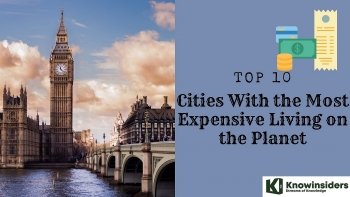 Top 10 Cities With the Most Expensive Living on the Planet Top 10 Cities With the Most Expensive Living on the Planet Find out the list of 10 most expensive cities with the most expensive living costs in the world in 2022-2023. |
 Top 50 Most Popular Jobs And Their Wages - How To Get A Job Top 50 Most Popular Jobs And Their Wages - How To Get A Job If you are looking for living and working in New York, the article below will help you find the right job with a reasonable salary. |


























